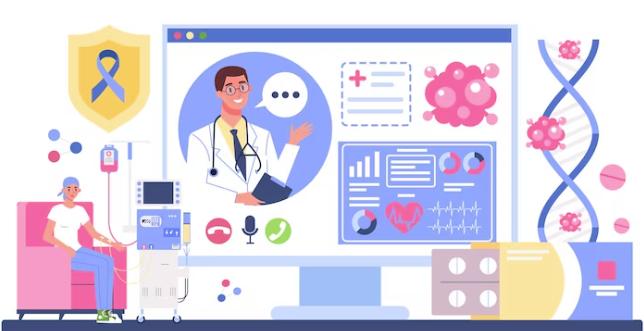The Evolution of Patient Portals: What’s Next for Digital Health Records?
In recent years, patient portals have emerged as a transformative force in healthcare, revolutionizing how patients access and manage their health information. As the digital landscape evolves, so too do patient portals, continuously adapting to meet the needs of modern healthcare. This blog delves into the evolution of patient portals, exploring their development, current trends, and what the future holds for digital health records.
The Rise of Patient Portals
Early Beginnings:
The concept of patient portals began gaining traction in the early 2000s as healthcare providers sought to improve patient engagement and streamline access to health information. Initially, these portals were simple, offering basic functionalities like viewing lab results, scheduling appointments, and messaging healthcare providers.
Technological Advancements:
With the advent of Electronic Health Records (EHRs) and Health Information Exchanges (HIEs), patient portals have evolved significantly. The integration of EHRs with patient portals allowed for a more comprehensive view of a patient's health history, including medication records, treatment plans, and visit summaries. This integration marked a significant step forward in making health data more accessible and actionable for patients.
Current Trends in Patient Portals
1. Enhanced Usability and User Experience:
Modern patient portals prioritize user experience, incorporating intuitive interfaces and streamlined navigation. User-centric design principles are employed to ensure that patients can easily access their health information, communicate with their providers, and manage their care. Mobile-friendly designs and dedicated apps have become commonplace, allowing patients to access their portals on the go.
2. Integration with Wearable Devices:
The proliferation of wearable health devices, such as fitness trackers and smartwatches, has led to increased integration with patient portals. Data from these devices can be synced with the portal, providing a more comprehensive view of a patient’s health metrics. This integration facilitates better monitoring of chronic conditions and enables patients to share real-time data with their healthcare providers.
3. Advanced Analytics and Personalization:
Patient portals are leveraging advanced analytics to provide personalized health insights. By analyzing a patient’s health data, portals can offer tailored recommendations, alerts, and educational resources. Predictive analytics can also be used to identify potential health risks and suggest preventative measures, enhancing proactive care management.
4. Telehealth Integration:
The COVID-19 pandemic accelerated the adoption of telehealth services, and patient portals have adapted to incorporate these functionalities. Many portals now support virtual consultations, allowing patients to schedule and attend telehealth appointments directly through the portal. This integration has made remote care more accessible and convenient.
5. Secure Messaging and Communication:
Secure messaging has become a cornerstone of patient portals, enabling confidential communication between patients and healthcare providers. Advanced encryption and authentication measures ensure that these communications are protected from unauthorized access. Additionally, features such as appointment reminders, prescription refill requests, and test result notifications are commonly integrated.
What’s Next for Digital Health Records and Patient Portals?
1. Interoperability and Data Sharing:
One of the key challenges in the evolution of patient portals is achieving interoperability between different healthcare systems. Efforts are underway to enhance data sharing and integration across various platforms, ensuring that patient information is consistent and accessible regardless of the healthcare provider. The adoption of standards such as Fast Healthcare Interoperability Resources (FHIR) is expected to play a crucial role in addressing this challenge.
2. Artificial Intelligence and Machine Learning:
Artificial Intelligence (AI) and Machine Learning (ML) are poised to revolutionize patient portals by offering advanced data analysis and decision support. AI algorithms can assist in diagnosing conditions, predicting outcomes, and recommending personalized treatment plans. Machine learning models can also improve the accuracy of health predictions and enhance the overall patient experience.


Comments